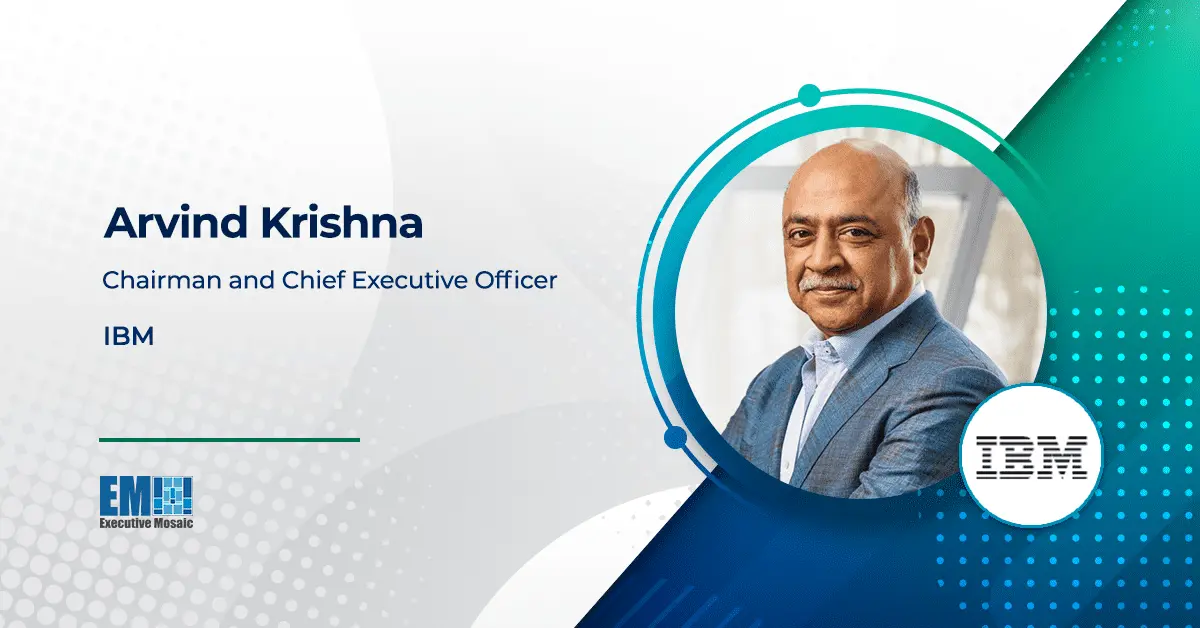Open source intelligence encompasses any publicly or commercially available information, and with today’s vast catalog of data from news websites, social media, broadcast television and more, it has grown into a prominent force in U.S. intelligence missions.
The Potomac Officers Club’s 10th Annual Intel Summit in September will cover a wide range of relevant intelligence topics. This year’s edition of the summit will once again bring together public and private sector experts to share their insights on the IC’s current focus areas. To learn more and register to attend the event, click here.


Though concerns about open source were prevalent in its early days, the IC now uses it as a “first resort” to inform its decisions, according to Doug Cossa, chief information officer of the Defense Intelligence Agency, who discussed this development in a panel at last year’s Intel Summit.
This momentum has only continued, and the IC’s recent release of a new OSINT strategy for 2024 to 2026 has further entrenched open source information into modern intelligence operations.
Developed collaboratively by the Office of the Director of National Intelligence and the Central Intelligence Agency, the plan identifies four strategic focus areas: coordinating open source data acquisition and expanding sharing; establishing integrated open source collection management; driving OSINT innovation to deliver new capabilities; and developing the next-generation OSINT workforce and tradecraft.
Director of National Intelligence Avril Haines, a 2024 Wash100 Award winner, said the strategy “represents the beginning of a long-term process that will professionalize the OSINT discipline, transform intelligence analysis and production and create new avenues for partnering with brilliant American innovators and like-minded foreign partners.”
While this strategy is new, the IC has already welcomed OSINT into its operations in a variety of ways. According to Principal Deputy Director of National Intelligence Stacey Dixon, also a 2024 Wash100 awardee, the Russian invasion of Ukraine highlighted the usefulness of publicly available information.
During a Q&A session at a Center for Strategic & International Studies event, Dixon noted that open source was on the IC’s radar even earlier.
As OSINT continues to grow in importance, intelligence organizations are working to understand the intersection between emerging technologies and data analysis and collection.
One prominent way the IC is exploring this relationship is through artificial intelligence. The CIA already has an Open-Source Enterprise division, and in September, the agency introduced a generative AI tool that allows users to ask questions and receive sourced answers.
Learn more about key IC initiatives at the 10th Annual Intel Summit. Register here.







